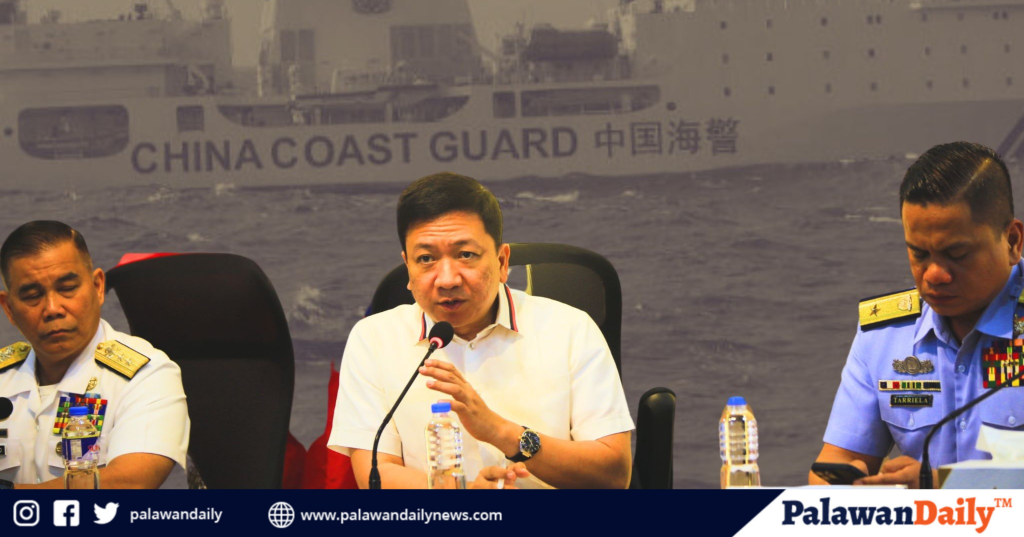The Philippine government has called for the immediate withdrawal of China’s massive Coast Guard vessel, CCG-5901, from waters off Zambales, labeling its presence as a violation of international maritime law.
National Security Council (NSC) Assistant Director-General Jonathan Malaya and other officials accused Beijing of using the 12,000-ton ship, dubbed the “monster vessel,” to intimidate Filipino fishermen and assert control over the disputed Scarborough Shoal, known locally as Bajo de Masinloc.
“This presence is illegal, provocative, and meant to intimidate our fishermen,” he said.
Malaya emphasized that the Philippine Coast Guard (PCG) remains steadfast in challenging the Chinese vessel’s activities, deploying its flagship BRP Teresa Magbanua and BRP Gabriela Silang to monitor the area.
“If we’re going to look at the movement of China Coast Guard vessel, it is not continuous and it is not expeditious. Meaning, it has erratic movements — sometimes it goes up, goes down, turns left, turns right arbitrarily. There is no specific reason why they are doing that,” he explained.
Last year, reports of a large pipe installation in the area raised suspicions of a possible reclamation project. While the Philippine Navy remains skeptical about reclamation activities, Rear Adm. Roy Vincent Trinidad emphasized that such actions would cross a “red line.”
The Philippine Navy also reported the recovery of five submersible drones in different parts of the country’s waters, raising further suspicions. While the drones were ostensibly gathering bathymetric data, officials are wary of their potential military applications.
“We’re not going to allow China to normalize the illegal deployment of the China Coast Guard because that is what they have been doing. They’re going to normalize, change the status quo, and operationalize and claim that they have been doing this for the past months or years,” he said.
“For the Philippine Coast Guard, we are documenting this illegal presence of China Coast Guard and telling the world that the Philippine government is against this unlawful presence of China Coast Guard-5901,” Tarriela added.
